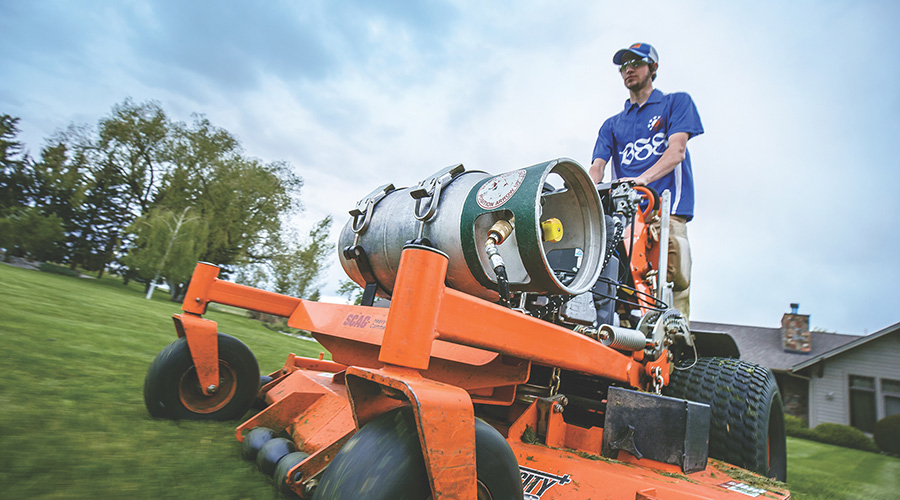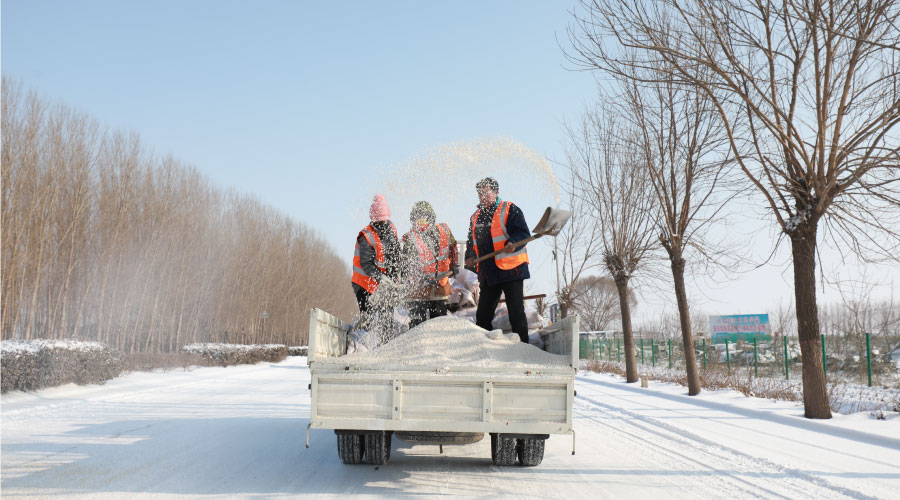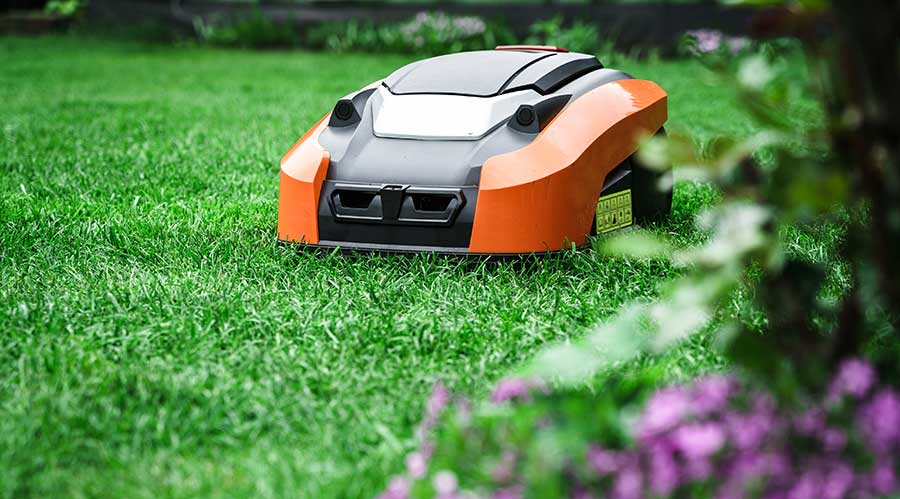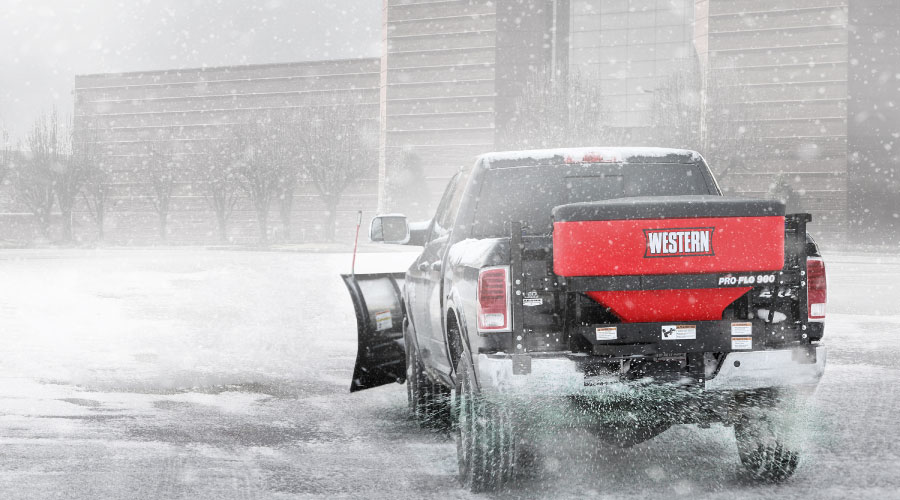From Accessory To Workhorse
Today’s utility vehicles offer departments greater flexibility, power and performance
Grounds care managers have witnessed a great many changes in the last decade or so, not the least of which is the evolution of the equipment used to carry out daily grounds maintenance tasks. From mowers and tractors to pick-up trucks, equipment has become more flexible, durable, powerful and reliable.
Nowhere is this equipment evolution more evident than in utility vehicles, which have moved from accessory to workhorse for many grounds care operations, in large part because they have changed a great deal to meet managers’ demands for a piece of equipment that can reliably and cost-effectively perform a range of vital tasks.
Today’s Vehicles
“We’ve certainly seen a lot of improvements,” says Greg Crotchett, a supervisor in the parks and recreation department of the City of Oklahoma City. “Some of the first carts just weren’t durable enough to last. The aluminum bodies have been beneficial because we’re not seeing the deterioration or rust. And the engines have improved a lot, too.
“As the competition has gotten stronger, everybody has made their utility vehicle better.”
Competition among equipment manufacturers to turn out a better utility vehicle is the strongest indicator of the role that utility vehicles have assumed in many grounds operations nationwide. This central role is based on their flexibility and reliability in performing an array of tasks, from hauling people, material and equipment into difficult-to-access areas to performing snow-plowing, pesticide-application and mowing duties.
“We use them a lot for transportation,” says Joe Jackson, assistant director for facilities management at Duke University, who is responsible for the university’s fleet of 20 utility vehicles. “We use them to get into areas that are not designed for large trucks or heavy vehicles.” The university’s vehicles haul everything from mulch and fertilizer to chemical tanks and paint for athletic fields.
At McDonald’s Corp. headquarters in Oak Brook, Ill., utility vehicles must be able to perform an additional function aside from helping crews care for landscaped areas during spring, summer and fall.
“All of them have to be four-wheel-drive and heavy duty to perform snow plowing,” says Eddie Sagen, McDonald’s facilities manager. The company uses four utility vehicles to perform grounds care tasks at its 150-acre campus.
The Purchase Process
Managers agree that a utility vehicles should last at least three to five years — and, ideally, eight to ten years — before replacement. But they also know they could have to replace or add one much sooner, and the larger the fleet, the more likely this is to happen. So the research and specification process is ongoing for many departments.
Duke University, which relies on a fleet of 20 utility vehicles to maintain about 640 acres, uses an equipment quality team whose members include equipment operators and grounds care supervisors. Team members research and investigate new equipment options for the department and report their findings to Jackson, who makes the final decision on equipment purchases.
“This process helps us get buy-in on equipment purchases from top to bottom,” Jackson says.
Other managers voice similar opinions as to the features and functions that the vehicles must have to ensure cost-effectiveness, safety and reliable performance.
“We need something that’s efficient and rugged and performs throughout the year,” Sagen says. “And we need a manufacturer and a distributor that will give us reliable service.”
Says the City of Oklahoma City’s Crotchett, “We need durability. They have to be able to go out every day, eight hours a day.”
Options and Opportunities
Unlike a decade ago, managers and equipment operators have a range of options to consider when selecting a new vehicle. Manufacturers offer a range of attachments that turn vehicles into plows, sweepers and chemical application equipment. Operators can function in enclosed cabs, and some models have built in shoulder and hip restraints, as well as rollover protection.
Vehicles come in three- and four-wheel models. Three-wheel models traditionally have offered tighter turning radiuses, but today’s four-wheel-drive models offer a nearly zero-turning radius.
Four-wheel-drive models also tend to offer more power, an especially appealing feature for managers who plan to use the vehicle for heavier-duty tasks, such as hauling heavy loads or plowing snow.
All-terrain tires are available on some models, which make the vehicles easier to drive safely on most terrains. And low-pressure flotation tires enable operators to drive on turf without damaging and compacting, even in wet conditions.
Cargo beds have evolved to the point where some can carry up to 1 ton. And power options include gas and diesel, in addition to electricity.
Fuel considerations have become more important to managers as many organizations have looked more closely at the impact to the environment of all areas of operation. Jackson says Duke University’s emphasis on sustainability has prompted him to take a closer look at electric-powered vehicles, which address the emission problems posed by gas- and diesel-powered vehicles.
“But there aren’t enough options,” he says, adding that even such leading-edge technology as fuel cells are a consideration manufacturers should investigate.
Maintenance
Because of the unique role of utility vehicles play in grounds care, their maintenance requirements are different than those for other pieces of equipment.
For example, operators tend to take utility vehicles off road, and they are more likely to be exposed to more dust and dirt than other pieces of grounds care equipment. So mechanics must check and change air filters and cleaners more frequently than a vehicle driven mostly on paved roads.
And because utility vehicles often haul relatively heavy loads over uneven surfaces, mechanics should regularly check such components as tires and suspension systems. Managers also should include these duties in the department’s regular equipment maintenance programs.
“Everyone has a truck they are responsible for,” Sagen says, adding that each person is responsible for inspecting, repairing and cleaning that vehicle. “It’s especially important when you have a lot of different equipment. People take greater ownership when they are responsible for it.”
Managers reinforce to operators and mechanics that by simply checking belts and lubricating vehicles regularly, they can find small problems before they grow, and they can extend equipment life. But enforcing such requirements can be a challenge.
“Sometimes, it’s tough to convince everybody to keep them clean, like getting all the fertilizer out,” Crotchett says.
Related Topics:











